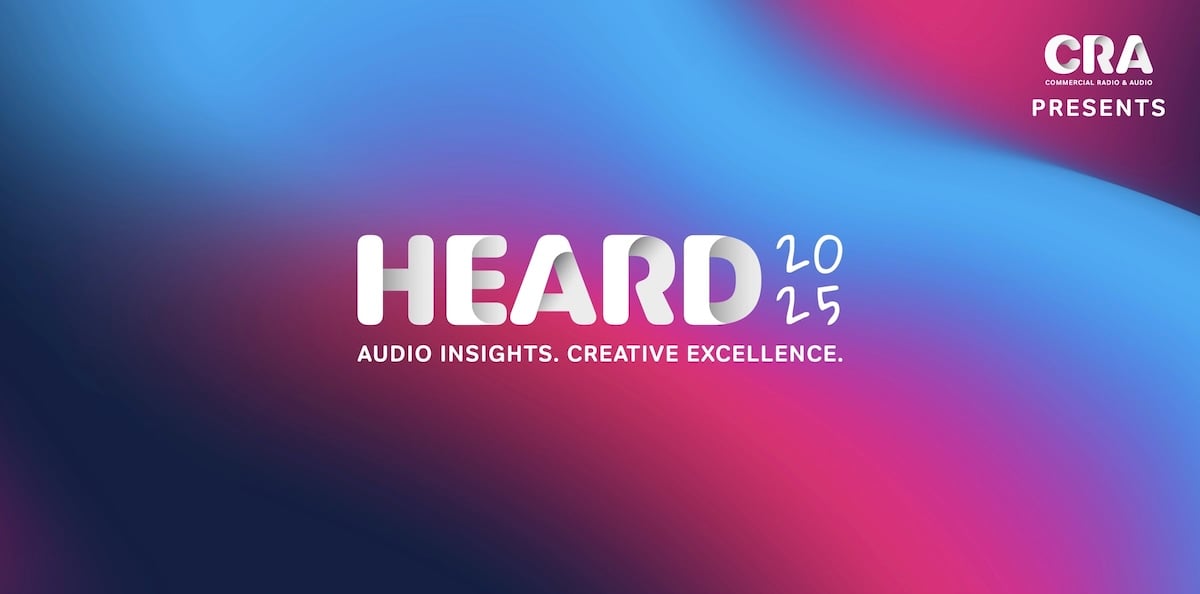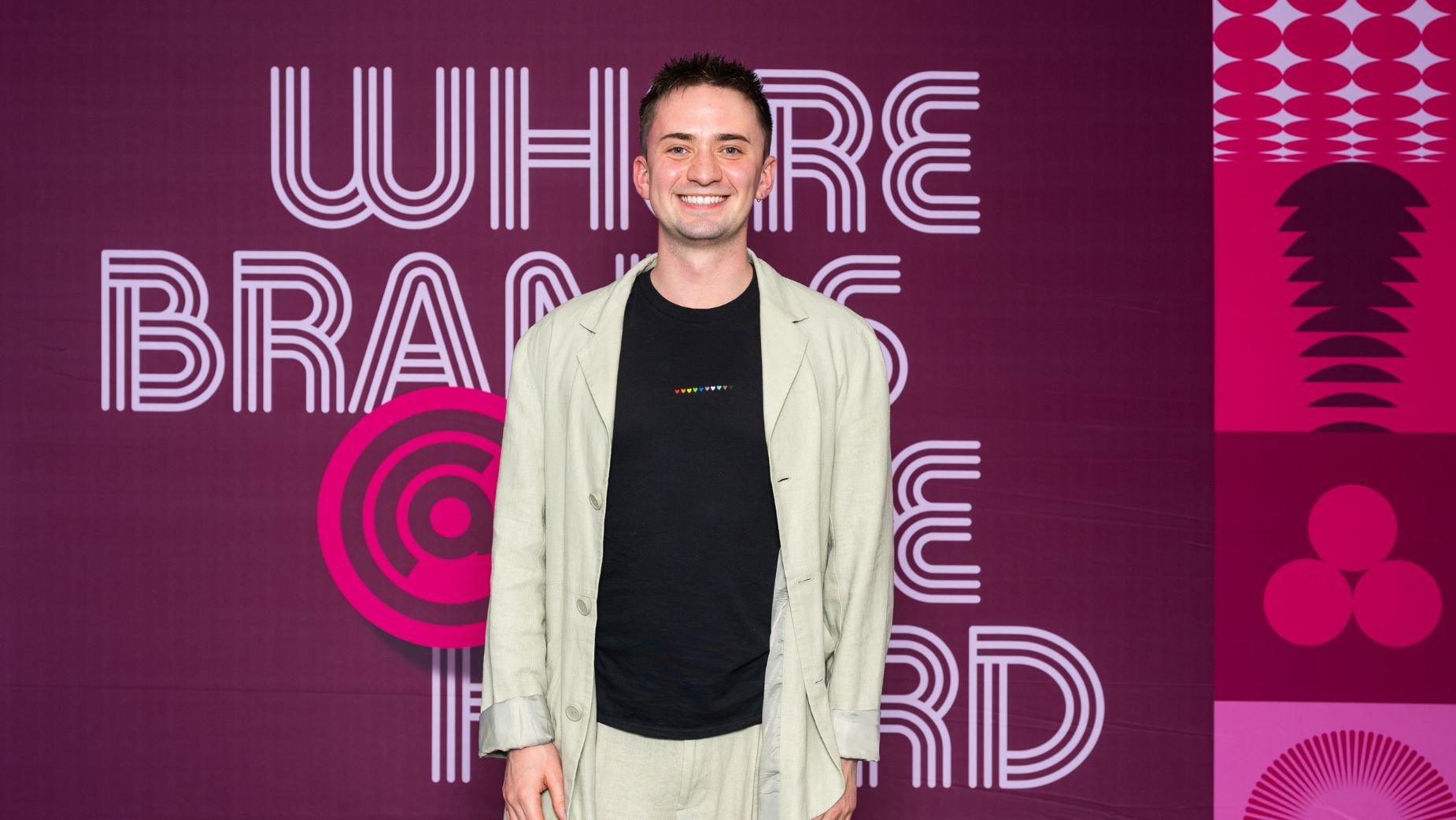A year ago Mark Ritson revealed his groundbreaking findings at the Commercial Radio & Audio (CRA) conference, HEARD 2024.
He told a packed crowd that by investing “just 11%” of a campaign’s advertising budget in radio, brands can double the effectiveness.
“Radio has been underrated in maximising the overall impact of your marketing,” Ritson said. “For the best bang-for-buck, marketers should consider radio as an integral part of the channel mix – and an 11% investment can double your campaign’s impact.”
Now, a year later at HEARD 2025, it was the turn of Andrew Tindall, Senior Vice President of Global Partnerships at System1 to take that theory a step further and “double the double”.

HEARD
The key, according to System1’s new research, conducted in partnership with Commercial Radio and Audio (CRA), is Creative Fluency – ads that forge emotional connections, are memorable, and unmistakably tied to a brand through effective sonic branding.
The research shows that when you pair creative fluency with that increase in radio spend of 11% of your media budget, you can “double the double” in terms of the improvement in ROI.
System1 tested Australian radio/audio campaigns – and Tindall was surprised by the results.
The methodology
“An audio ad is played to 150 people and they emotional and brand response is measured second-by-second and that data is then turned into three creative metrics.”
Star rating
“This predicts the in-market effects, long -erm from audio campaigns. That’s basically how built from how positive or not negative or neutral listeners are left to after being exposed to an ad. So if it leaves you feeling great and not negative or neutral, you get higher star rating that plays into building longer term effects for an ad.”
Spike rating
“We also have our spike rating, which I will call how commercially interesting an ad is. Is it well branded early on, and is it emotionally engaging to capture that in market demand, which is, we’ll get to a really interesting finding with this today. And also we get our fluency rating, which is the percentage of correct brand recall after listening to an ad once.”
Fluency Rating
“This is the percentage of correct brand recall after listening to an ad once.”
Tindall has then applied the UK methodology to Australian campaigns, with an Australian audience – but the results were worrying for Australian brands.
Despite radio’s strength to double campaign effects, System1’s analysis of 56 Australian audio campaigns with more than 8,000 Aussie listeners has uncovered a huge opportunity to double the double.
None of the ads achieved “Strong” or “Exceptional” fluency (% of listeners correctly recalling the brand), with the average Australian audio campaign achieving 68% fluency.

Andrew Tindall on stage at HEARD 2025
Tindall’s insight is simple and, he claims, effective.
“People need to slow down and say their brand name clearly. It sounds stupid, but when you orientate yourself to the ears of the consumer, they don’t sit with your brand all day long.
“People need to slow down and include their sonic brand assets early and often.”
Tindall cited ALDI in Australia and BCF as brands who work well in this area.
Tindall also revealed the collected data proved that the most successful audio ads moves listeners emotionally, changing their behaviour.
“If we really want to grow our effects in market, we have to change behaviour,” he said.
“We found radio ads with higher than average star ratings, those that left people feeling more positive, led to significant changes in consumer behaviour. This included buying a brand, visiting a store, searching for a brand, and radio campaigns, which didn’t leave people feeling great, did not change behaviour.
“This, again, points to how advertising works. If you leave people feeling positive and build positive memory structures, when the brand comes to mind in the future, it feels like the right choice and it changes behaviour. This is a key way to double the double!”
Unfortunately, Tindall doesn’t believe many Australian brands are hitting the mark at the moment.
“We’ve tested a lot of audio campaigns in Australia, and 50% of them are actually one star. There’s a huge opportunity here. We expect these one star campaigns to be unable to change behaviour.
“Yet we’re still seeing this double effect. So if we manage to just get some audio campaigns that leave people feeling more positive, we’ll see a doubling of that double.”
Tindall’s key strategies to maximise radio’s effectiveness
Consistent Branding – Many brands fail to integrate their distinctive sonic brand assets clearly, consistently, early and regularly enough in ads. Tindall cited BCF’s “A to Z” campaign as a good example of how branding throughout promotes recall.
Positivity – Emotionally engaging ads leads the audience to feel positive about a brand and will be shared and discussed, increasing reach.
Entertain your audience – Ads with more entertaining “right-brain” features with a character, story, dramatic pause and humour with music improves our positive emotional engagement, leading to more listener behaviour change.
